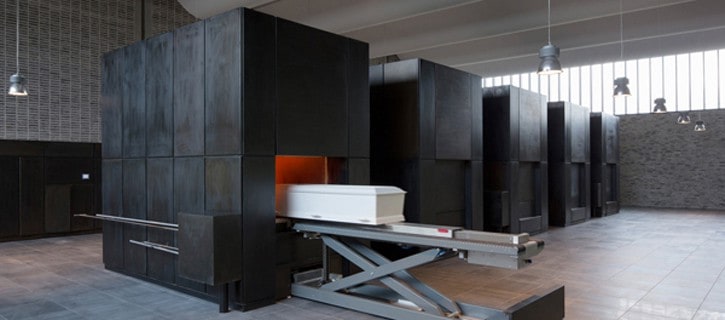
Cremation Facts In Singapore You Might Not Know
Cremation as we all know has definitely been one of the most popular ways to farewell your loved ones. Singapore is a small country with limited land and resources and instead of land burial, most of us would prefer our loved ones to be cremated at a government crematorium or private crematorium instead. Let’s go through some of the interesting facts that you might not know about Singapore Cremation, and hopefully, after reading this you may tend to understand more about cremation in Singapore.
Singaporean prefer to be cremated than burial
Cremation has become more popular in recent decades as the result of the low cost, convenience, and due to the limitation of finding burial plots and it is not freehold in Singapore. There are definitely places for burial to be conducted in Singapore however, it is definitely not available for everyone to conduct burial services in Singapore.
Color differences of bone after cremated
Usually, most of the bone remains are white in color, some could be greyish, greenish, orange, and pink in color. Grey and bone remain with black pigment are usually caused by adipose tissue or fats from the deceased body, for colors such as pink, green, and orange color are usually caused due to the medication consumption of the deceased when the deceased was still alive, pink pigment is due to copper while the green pigment is due to iron and lastly orange pigment is due to zinc.
In Singapore, where our healthcare is considered as word-class, strong medicine is been consumed to prolong the life of every patient, therefore, there might be chemicals contained in the body during the event of a cremation. While many people may expect to find Buddhist relics after cremation for Buddhist Funeral Services in Singapore, the relics are often pearl alike and in crystal beads form, sometimes this can be found after cremation from a higher-ranking Buddhist monks or even normal people like us might have it too.
Cremation is not environmentally friendly
The process of burning the deceased body with the usage of fossil fuels tends to release a tremendous amount of Co2 in the environment, just like cars and factories, both do damage the environment. Cremation conducted in the past was very inefficient and the bodies tend to burn for a few hours. However, there are several innovative ways that have made it less harmful since then.
Some machines could be cremated bodies in less than two hours and consume lesser fuel. In Singapore, where cremation has been the most popular choice, cremation is usually held in crematoriums. There are two government crematoria are Mandai Crematorium and Choa Chu Kang Crematorium. Each and every induvial crematorium has its own chamber where a furnace is built specifically to cremate the deceased.
Even though cremation is more eco-friendly than land burial, cremation processes greenhouse gases and it will emit toxins mercury, and dioxins and they are very harmful to the environment.
The cremated remains are not ashes actually
It’s logical to say that once the cremation process is done, all the remains are ashes yet it is not really so. What is left behind are actually bone fragments. They break down and look like greyish coarse sand. This is also one of the reasons why remains do not define the sizes of the deceased. Right after the cremation in Singapore, most people will head back to the funeral venue or temple and eventually return back to the crematorium once the ashes are ready for collection.
Cremation is way cheaper than burial
Budget is the biggest factor when deciding when your loved one has departed. On average, cremation cost around $100 to $428 while burial cost $940 in Singapore and only last for 15 years. Instead of paying thousands of dollars for a burial casket and funeral plot, many people nowadays would rather choose the less costly alternative.
Uncollected ashes
After cremation, the family would take the remains and head back to various temples, sea burial or scatter them at the latest inline scattering at Choa Chu Kang. If they are not collected by the family, the funeral director offers a funeral service where they keep the remains for some time, usually, it can be up to a year and the funeral director will dispose of them in a dignified manner such as sea burial or scattering at the garden of peace @ Choa Chu Kang. Every cremated remain must be cremated and accounted for. In cases where there is no family members or relative, the remains will be kept in storage before sea burial is been conducted.
Funeral services and cremation in Singapore
Some families may choose with Direct Cremation Services, they do have the alternative options of planning and conducting a funeral for viewing if they prefer. The body will be temporarily preserved for friends and relative to participate in the service before the cremation or burial takes place.
Funeral Services in Singapore are a very common practice nowadays where the religious ceremony is been arranged and conducted before everything comes to an end. This is to accord with the religion of the deceased and the practices of the deceased’s family.